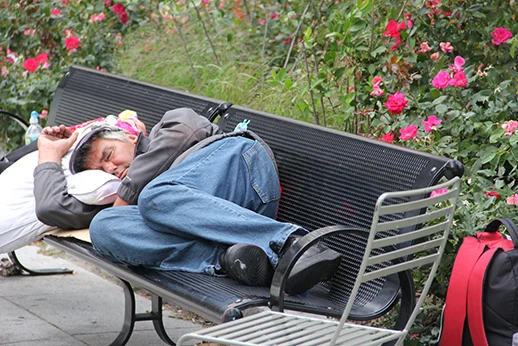
Pay Gap: Depends on Woman’s Age
The earnings gap between working men and women has narrowed somewhat over time, but it’s considerably wider for older women.
 Women who are now on the cusp of retirement and working full-time earn 67.5 cents for every dollar men their age earn – or 8 cents more than working women who were the same age (in their late 50s and early 60s) during the 1970s.
Women who are now on the cusp of retirement and working full-time earn 67.5 cents for every dollar men their age earn – or 8 cents more than working women who were the same age (in their late 50s and early 60s) during the 1970s.
For younger women, the pay gap persists but things are brighter. Women in their late 20s and early 30s today earn 84 cents for every dollar a young man earns. That’s a 20 cent gain over women who were their age back in 1970.
These are among the myriad statistics documenting the history of the pay gap in the new (7th) edition of the economics textbook, “Economics of Women, Men, and Work.”
The pay gap affects women’s ability to save, buy a house, and invest. There are several explanations for why younger women have made more progress, relative to men, say the textbooks’ authors, Francine Blau, Anne Winkler, and Marianne Ferber:
Their “higher earnings ratios may reflect higher educational attainment, the choice of more lucrative majors and occupations, greater commitment to market work, and perhaps less discrimination against them as well.”
Decades ago, it was much more common for women to choose lower-paying careers – kindergarten teacher, daycare worker, maid were common, while clergy and engineer were more rare. Another argument is that these professions pay less, because they’re dominated by women.
Whatever the dynamics, younger women increasingly have moved into traditionally male careers. Here are a few examples from the textbook of increases in the percent of women in higher-paid occupations:
- Pharmacist: from 14 percent of all pharmacists in 1970 to 56 percent today.
- Clergy: from 3 percent to 18 percent.
- Social workers: from 68 percent to 82 percent.
- Chemist: from 13 percent to 46 percent.
- Doctor: from 11 percent to 34 percent.
- Industrial engineer: from 3 percent to 18 percent.
Comments are closed.







So glad to see that younger women have made more progress closing the wage gap. I hope this is just the beginning. So that the wage gap can be closed before the end of this Baby Boomer’s life time. Or maybe, just maybe, women’s higher graduation rates and higher grades, will allow women to surpass men in salary and bonuses.